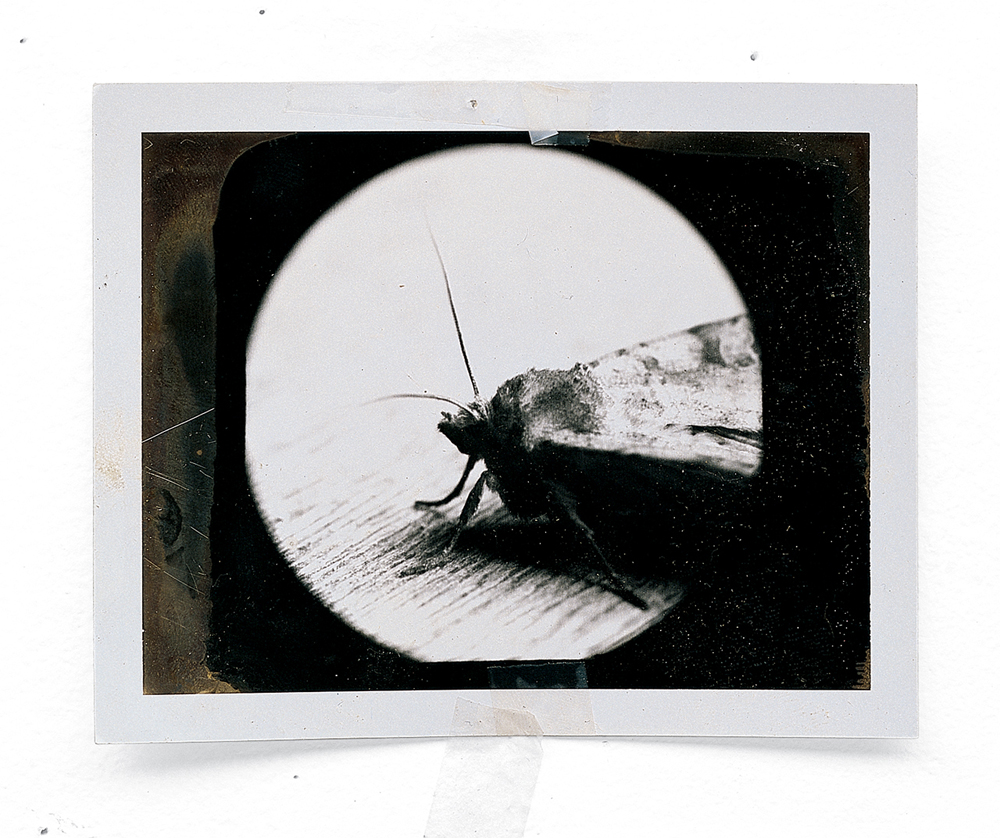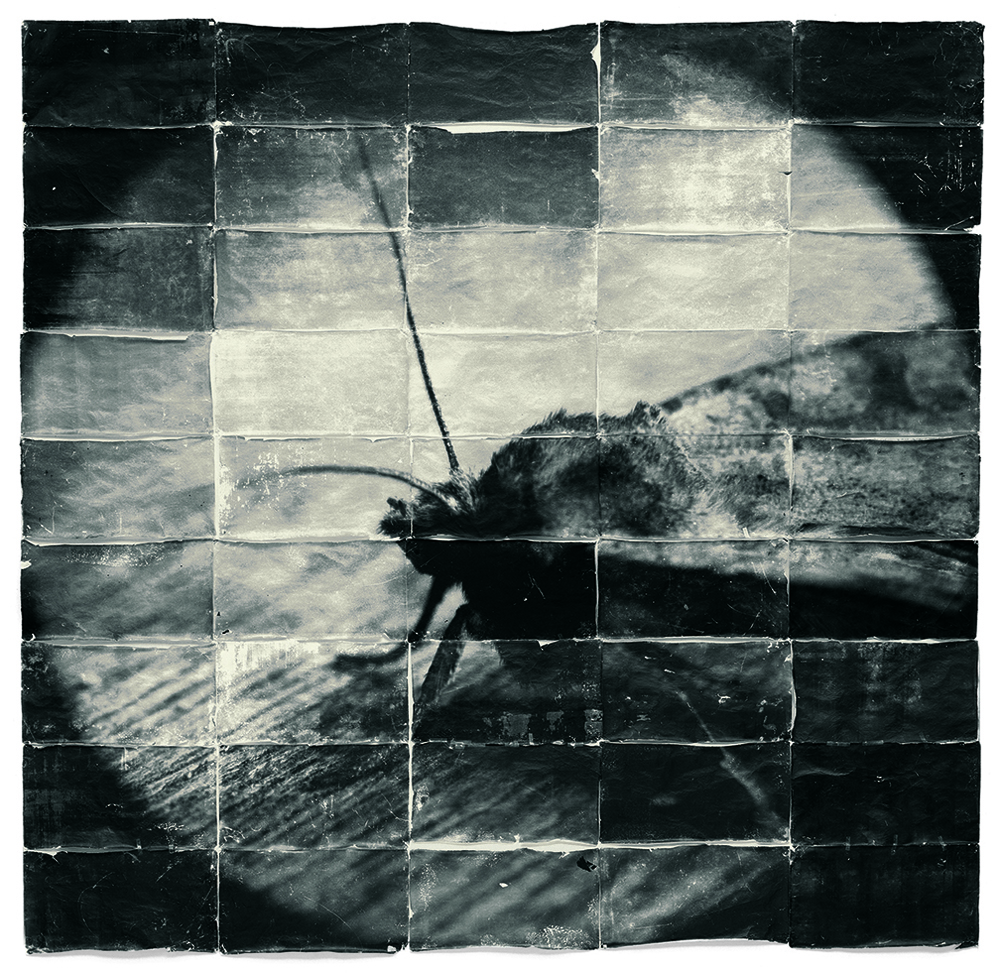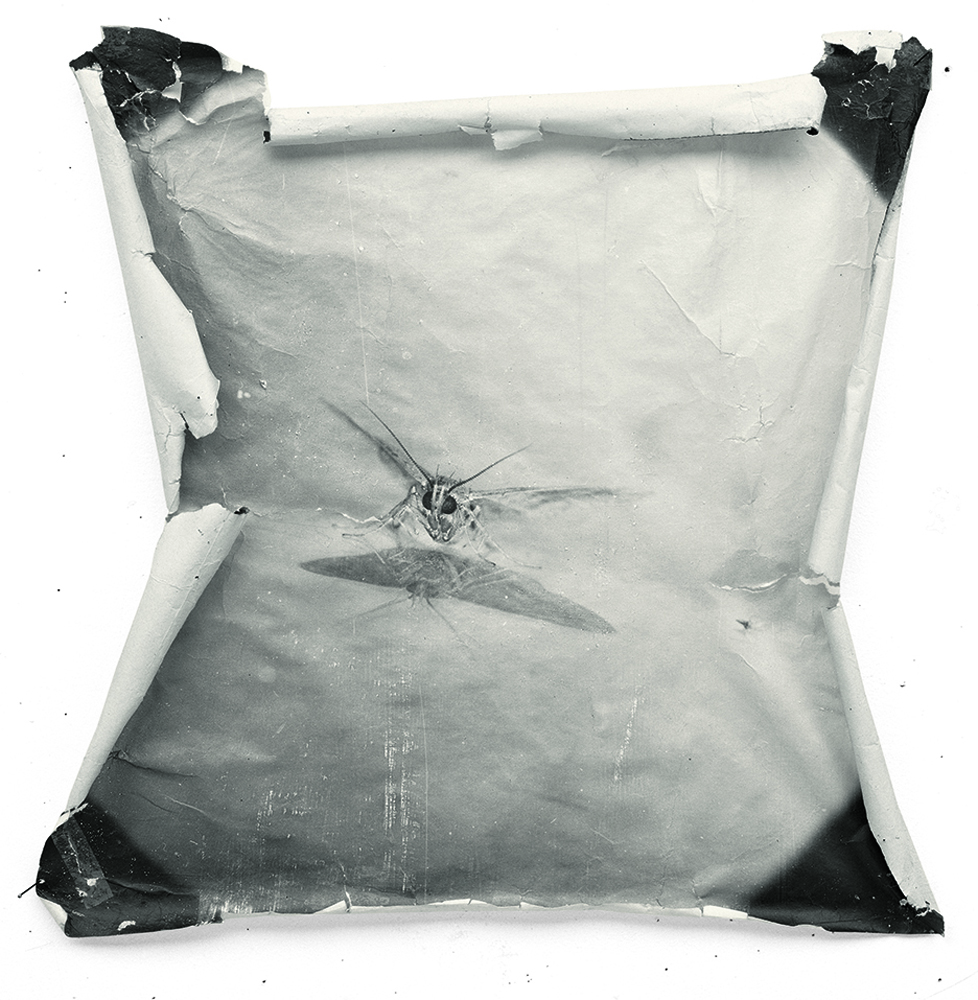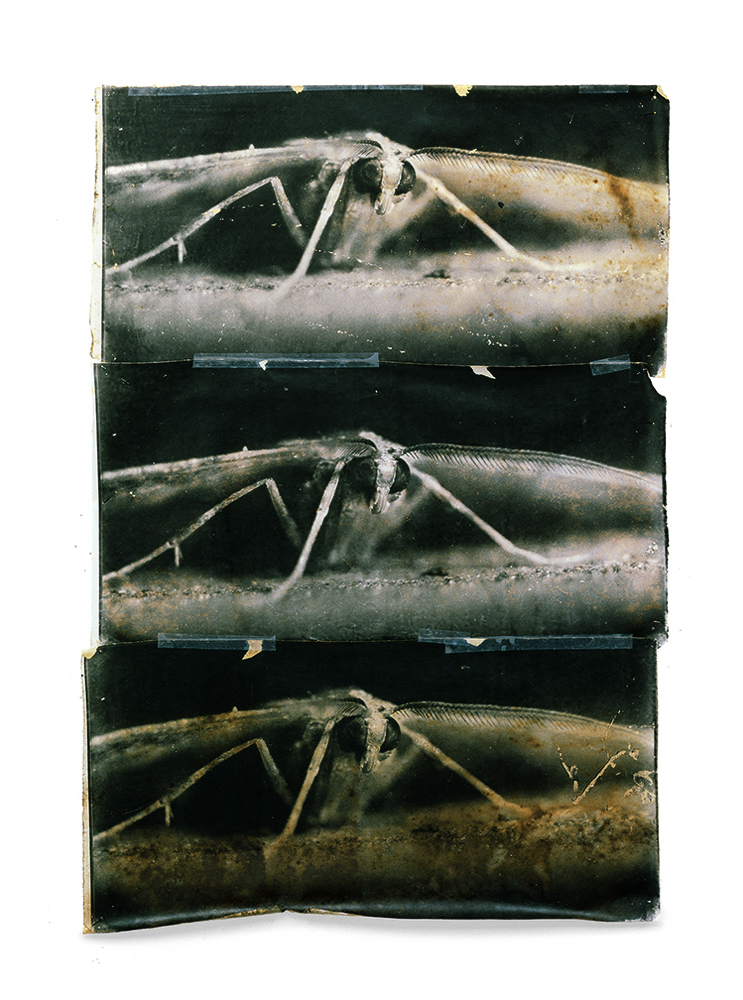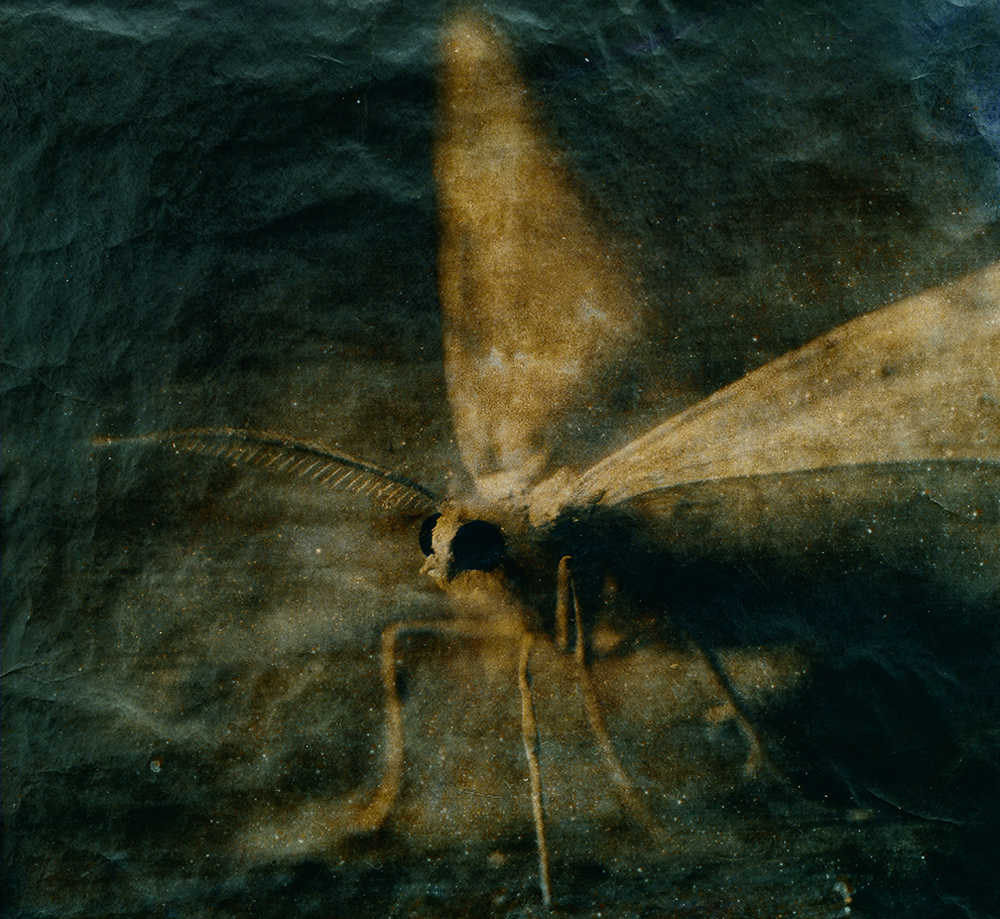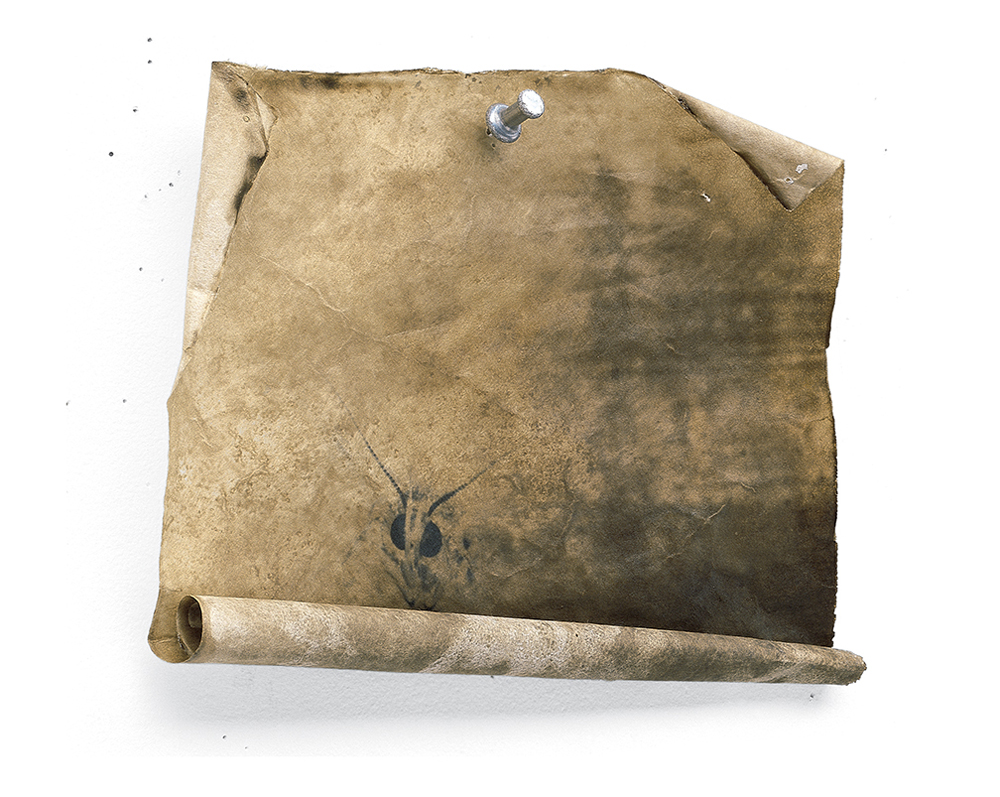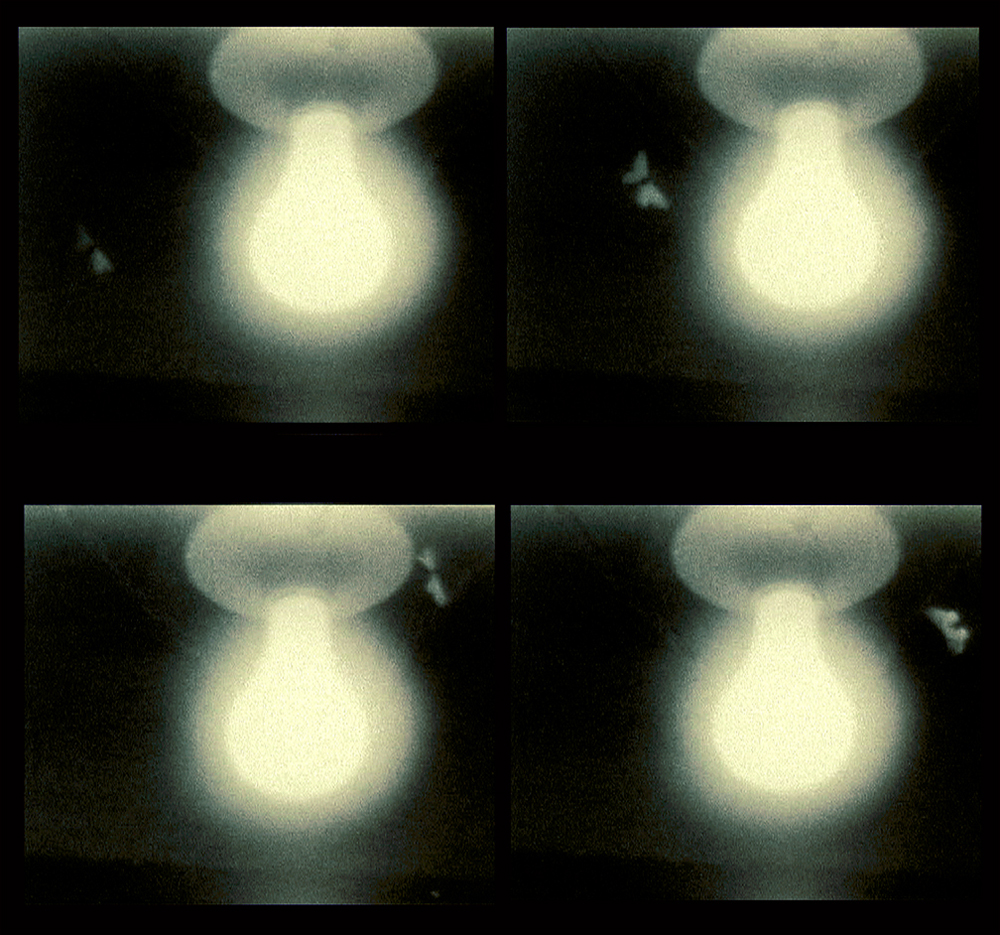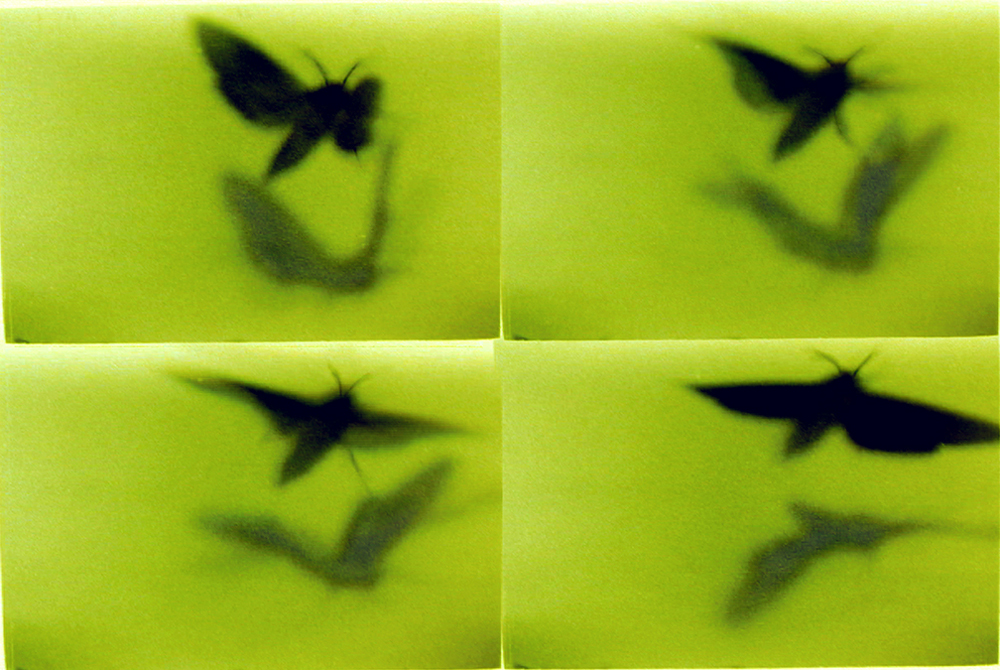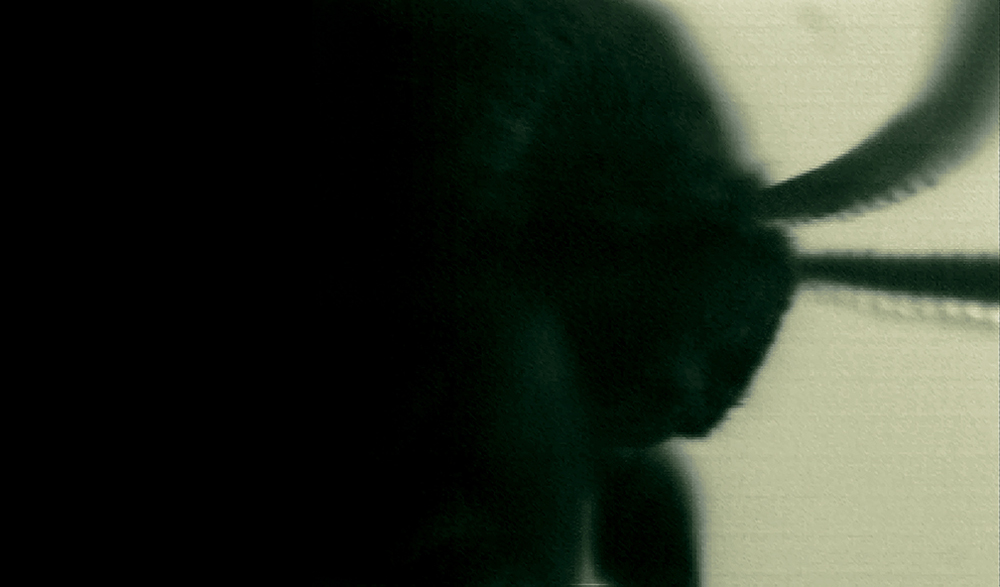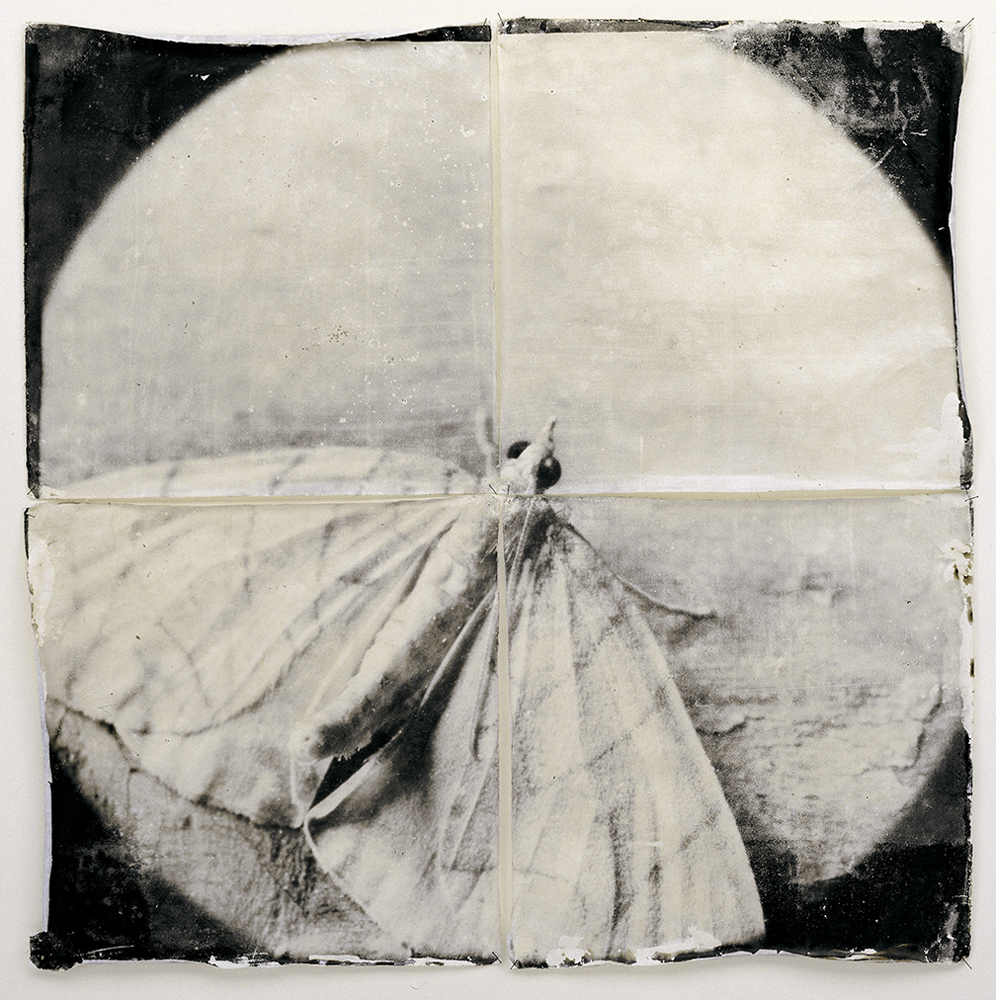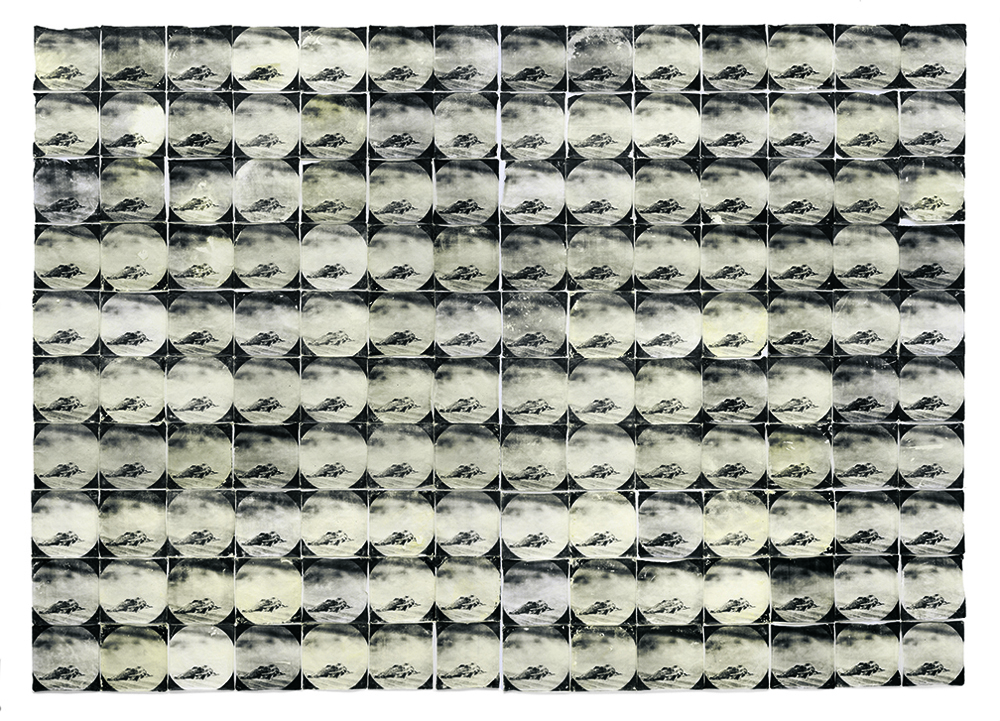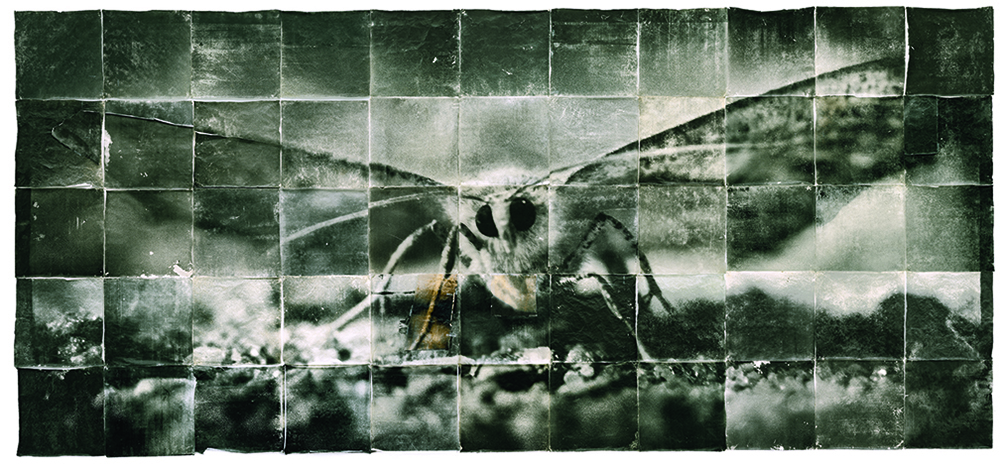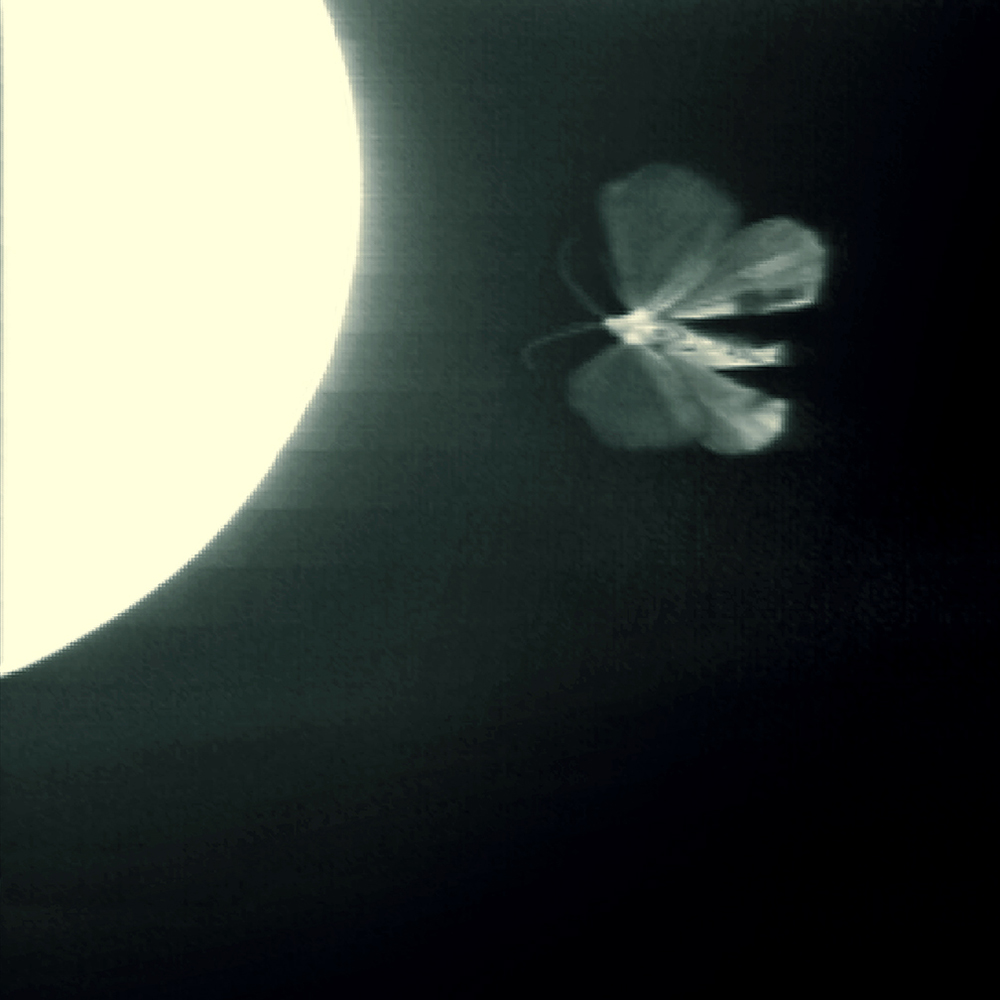Art + Science: INSECTA: Mike & Doug Starn
“Light is power, knowledge, information, the triumph of science is discovery, rendering previous knowledge obsolete and antique. The sun pulls the planets around itself; the backporch light pulls the moth from the darkness.”
M+DS
Identical twins and collaborative artists Mike and Doug Starn were initially known for their conceptual use of photography in the 1980’s. Since that time, they continue to create ground-breaking art that defies categorization by freely combining painting, drawing, printmaking, sculptural installations and video.
In their series (and publication) Attracted to Light (1996-2000), they lured moths out of the darkness, beckoning them to the light from their back porches. Using a medium format camera with a macro lens loaded with extension tubes, they captured unique, ethereal portraits of these nocturnal insects.
Mike and Doug’s use of scale, material, technique and presentation formats offer not only a unique perspective of moths’ physical beings in human scale, but also an insight into their dark, velvety lives. When viewing these portraits, I feel absorbed within its beauty and poetic tension. I am drawn equally into light and its absence.
Lighting the back porches of our houses on a lake north of New York City, we have been luring nocturnal insects out of the dark in order to take their portraits since 1996. The moths are approached with a huge contraption of the camera; we use a medium format camera with a macro lens loaded with extension tubes in order to obtain the extreme magnification with which to photograph the moths in their scale. Such a lens limits the depth of field to, at the smallest, about a micron and up to half an inch of the largest, and is also responsible for the vignette surrounding the images of the little creatures. The camera is handheld-there is no time set up a tripod-and Polaroid positive/negative film is used to ensure that something is in focus, at least a little bit.
The genus of moths is known for their mimicry, as Nabokov explains in Speak, Memory: An Autobiography Revisited: “the mysteries of mimicry had a special attraction for me. Its phenomena showed an artistic perfection usually associated with man-wrought things……………………. When a certain moth resembles a certain wasp in shape and color, it also walks and moves its antennas in a waspish, unmothlike manner. When a butterfly has to look like a leaf, not only are all the details of the leaf beautifully rendered but markings mimicking grub-bored holes are generously thrown in. “Natural selection,” in the Darwinian sense, could not explain the miraculous coincidence of imitative aspect and imitative behavior, nor could one appeal to the theory of ‘the struggle for life’ when a protective device was carried out to point of [the] mimetic subtlety, exuberance, and luxury far in excess of a predator’s power of appreciation. I discovered in nature the non-utilitarian delights that I sought in art. Both were a form of magic, both were a game of intricate enchantment, and deception.”
The wings of moths are covered with “dusty ” scales that give them some friction on the air, and as they bang against the light or your window you might see some of those scales fall off. You can feel the velvety texture of their wings if you hold one in your hand. Those fragile wings are the medium they use to bring their bodies to the light. The portraits of the moths printed on Thai mulberry paper make use of a technique we refined, in which the silver emulsion coated on the paper softens during darkroom processing and minute flakes of the image wash away; a mimesis of the mimics’ delicate wings. The process is archival: the emulsion is then “hardened” and made permanent.
American artists Mike and Doug Starn are identical twins born in 1961. First having received international attention at the 1987 Whitney Biennial, initially known for working conceptually with photography. Over the past three decades, they have defied categorization and have effectively combined traditionally separate disciplines such as photography, sculpture, and architecture—most notably their series Big Bambú. In 2017, the Starns completed a 90-ft long glass wall façade for the U.S. Embassy in Moscow. In 2009 The Starns installed a 200’ mosaic, glass and steel artwork for the South Ferry subway terminal in NYC. The Starns have received many honors including artists in residency at NASA in the mid- nineties. Major artworks by the Starns are represented in collections including MoMA (NYC); The Israel Museum in Jerusalem; Yokohama Museum of Art (Japan); Moderna Museet (Stockholm); amongst many others.
Posts on Lenscratch may not be reproduced without the permission of the Lenscratch staff and the photographer.
Recommended
-
Luther Price: New Utopia and Light Fracture Presented by VSW PressApril 7th, 2024
-
Artists of Türkiye: Sirkhane DarkroomMarch 26th, 2024
-
European Week: Sayuri IchidaMarch 8th, 2024
-
European Week: Steffen DiemerMarch 6th, 2024
-
Rebecca Sexton Larson: The Reluctant CaregiverFebruary 26th, 2024

